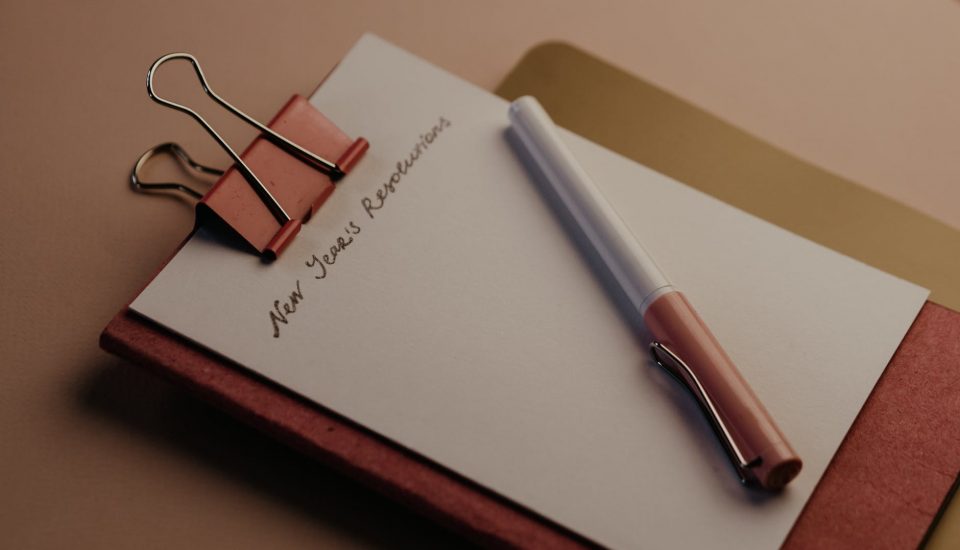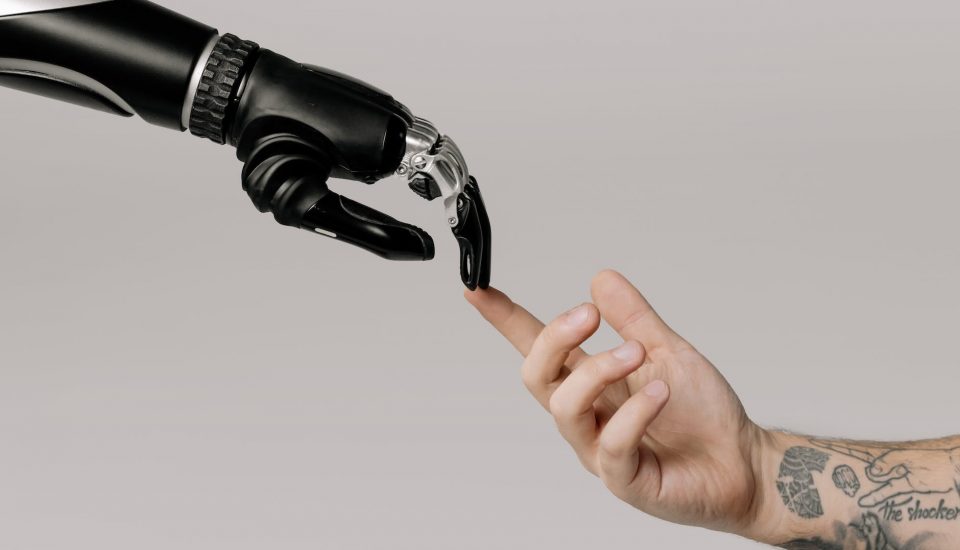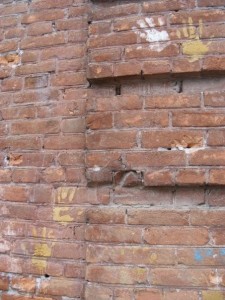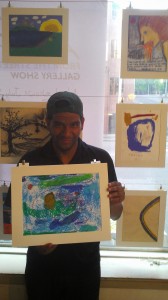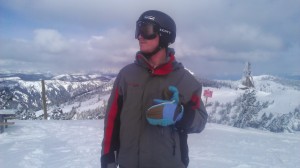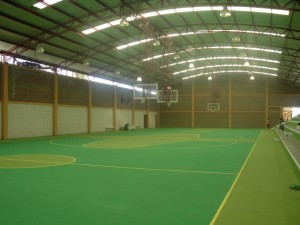It’s a new year! Another opportunity to grab your one precious life by the horns and reach toward a new goal, intention, or way of living. This yearly tradition is as predictable as the inevitable collapse that happens to most of our goals soon thereafter. But this year will be different, right!?
I’m with you.
It’s hard to do hard things. It’s hard to actualize our desire for transformation. If there is one thing that more than a decade of work as a Mental Health therapist has taught me it is this: most of us like to think we want to grow and change, but the truth is very few of us ever do.
This statement is not meant to be controversial or pessimistic. Many people do change and we are all capable of it.
But most people don’t change very much in their lifetime. We change ideas, relationships, goals, jobs, and hobbies. We change styles and roles and our body evolves. But in terms of deep maturation, we usually stay away from the roots of things. This deep kind of change is hard and the only way to enjoy its riches is to choose something that the human brain really tries to avoid: vulnerability.
Whether the vulnerability is mental, emotional, relational, or physical, the truth is that we must extend ourselves beyond what we feel comfortable with in order to grow. Because of this, anyone interested in growth must also accept that the journey will involve an experience of pain in some way, shape, or form. We must step towards our fear, insecurities, wounds, and self-doubts. Change happens when we choose to relinquish our preoccupation with being in-control and enter a new experience from a state of vulnerability. And we don’t choose this once on January 1st, we must keep choosing this again and again.
A couple weeks ago my wife and I took our infant daughter and 3-year old son to an ice skating complex to live into the Christmas season. My son was new to ice skating. Like most things, he gets really excited to try a new activity up until the moment he actually has to do a new thing. This time was no different. As soon as his skates hit the slippery ice, his loud enthusiasm vanished and he began to cling to my leg in fear. He was not in control. He was not comfortable or confident in his abilities. And by the scene around us on the ice, he was not the only one.
There were all kinds of creative ideas flowing out on the ice to try and keep each person from falling down. There were the usual skating ring suspects: the wall magnets, the feeder fish, the early retirees, the flailing banshees, and a lot of tall humans competing to rent “walkers” made for children under 5. There was one man in particular who must have been around 6’5 who spent the entire hour on the ice bent over at a 90 degree angle aggressively clutching the tail of small plastic seal.
I can recognize and applaud the courage it took for each person to give skating a try. For many of them, this might have been a great first step! But at some point, we all knew what would have to happen for them to continue growing into competence on the ice. Even if this spicy goulash of human potential was able to keep themselves from falling, they would not have progressed towards a greater goal of learning how to skate. Their various strategies for staying in control was blocking them from the necessary learning they needed to encounter. They needed to push out into the vulnerability of the open ice. They needed to realize that they would survive falling. They needed to choose to push through their fears.
I would argue that there has never been a time in human history where the possibility of learning was more accessible to the average person. I would also argue, however, that there has never been a time in human history where the potential of this information was more impotent in impact. We have developed endless ways to avoid suffering and the process of learning.
We all like the idea of growth and change, but very few people will choose the path required to see their desires realized. More often than not, when people hit the vulnerable edge of their journey, they misrecognize the suffering they encounter as a sign to turn around. Most of us assume that we need something else, something more, something better because we encounter discomfort. And since we always have such easy access to more information, it is really easy to start searching for the promise of some painless alternative. This vulnerable edge, however, is the exact thing we must choose to work through if we are to see our hopes realized.
So, if you have a real intention to grow this year, I want to invite you into a different framework. Rather than trying to acquire more information or locate some inventive new strategy that will make your next step painless, come to peace with the suffering that growth demands and choose to say “yes” to living in a vulnerable state. That means saying “yes” to failing, falling, and disappointment. That means saying “yes” to taking a risk and putting your heart out there. That means saying “yes” to the process as much as the result.
There are no other ways, friends. You know this in your heart. The only way to move forward is to move forward in vulnerability.
